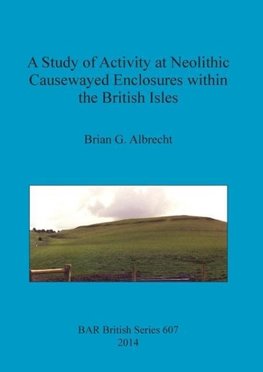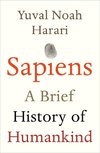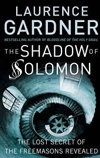
-
 Anglický jazyk
Anglický jazyk
A Study of Activity at Neolithic Causewayed Enclosures within the British Isles
Autor: Brian G. Albrecht
Since the first explorations of causewayed enclosures, archaeologists have attempted to define these early Neolithic monuments in relation to territorial patterns, pottery typologies, and ultimately though the concept of structured deposition. While these... Viac o knihe
Na objednávku
145.98 €
bežná cena: 162.20 €
O knihe
Since the first explorations of causewayed enclosures, archaeologists have attempted to define these early Neolithic monuments in relation to territorial patterns, pottery typologies, and ultimately though the concept of structured deposition. While these concepts have been important in advancing our knowledge of causewayed enclosures, the interpretations of the material from the enclosures ditch segments and other areas of these sites have failed to take into account the importance of how objects and materials came to be at the sites, were produced and used there, preceding deposition. This book argues that activities at enclosures should not be categorically separated from the everyday activities of those who visited the enclosures; that by looking in detail at the spatial and temporal distribution of objects in association with chronology that the practical activities people engaged in at enclosures have been overshadowed by interpretations stressing the ritual nature of structured deposits. These activities had a direct relationship with enclosures and local landscapes. This argues that perhaps more deposits within causewayed enclosures were the result of everyday activities which occurred while people gathered at these sites and not necessarily the result of a 'ritual' act. A re-interpretation of the detail from nine causewayed enclosures within three 'regions' of the British Isles (East Anglia, Sussex and Wessex) are examined. This theoretical approach to activity goes beyond the deposition of objects and also includes enclosure construction, object modification such as flint knapping, animal butchery, and the use of pottery and wood. On a micro scale this indicates that each community who constructed an enclosure deposited objects in a unique and 'personal' manner which was acceptable within their defined social system. On a macro scale, this indicates that although all British causewayed enclosures seem to 'function' in the same way, the individual sites were constructed, modified and used in distinctive ways. Some enclosures seem to have existed quite independently from their neighbours while other enclosures within close proximity to each other had a specialised role to play. These specialised roles indicate that some enclosures may have been constructed and used by groups who primarily came to them in order to carry out a specific set of activities which were then defined through deposition.
- Vydavateľstvo: British Archaeological Reports Oxford Ltd
- Rok vydania: 2014
- Formát: Paperback
- Rozmer: 297 x 210 mm
- Jazyk: Anglický jazyk
- ISBN: 9781407313351






 Ruský jazyk
Ruský jazyk 





